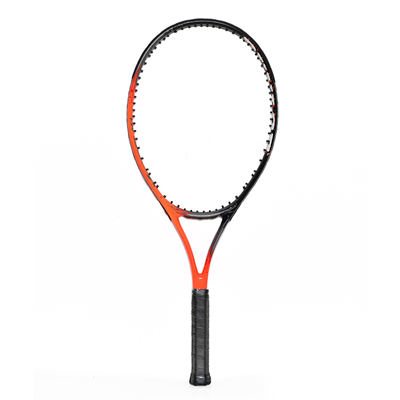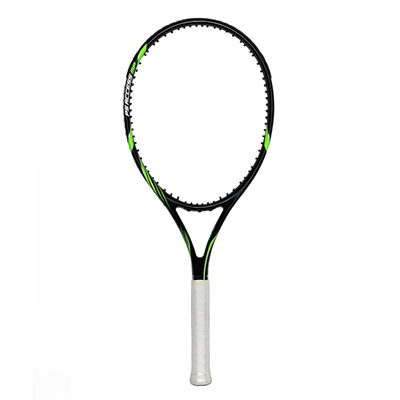In most manufacturing processes, quality, balance point and rotation quality are monitored. In order to find the problem as early as possible in the process. The quality of the tennis racket, balance point, rotation quality and frame stiffness are the basic indicators of the manufacturing process. Usually tests are carried out randomly, or all tests are carried out after the tennis racket is finished.
Test the flexural strength in the direction of impact along the length of the racket. There is a specific experiment called the three-point bending experiment. Choose two points on each side of the racket face to support the racket. On the side of the clock, the hour hand points to the 5 o’clock and 6 o’clock positions. The other side is at 10 o’clock and 11 o’clock. A load connecting the sides of the frame is clamped to discrete points along the face of the racket. Test the deviation of all points and compare with other different rackets.
The test of the torsion resistance of the racket is a torque test. It is similar to the three-point bending experiment, but the support points are different. The support points for the torque test are on either side of the racket’s face instead of both sides. In this way, torsion is generated on the frame, and the degree of torsion resistance of the racket is reflected by the test deviation.
The top deformation experiment uses a two-point loading method. Load the load at 1 o’clock and 11 o’clock on the top of the racket. This expresses the strength of the top of the racket along the radius. This is a critical area on the face of the racket, which is subject to very large loads when impacted.






















